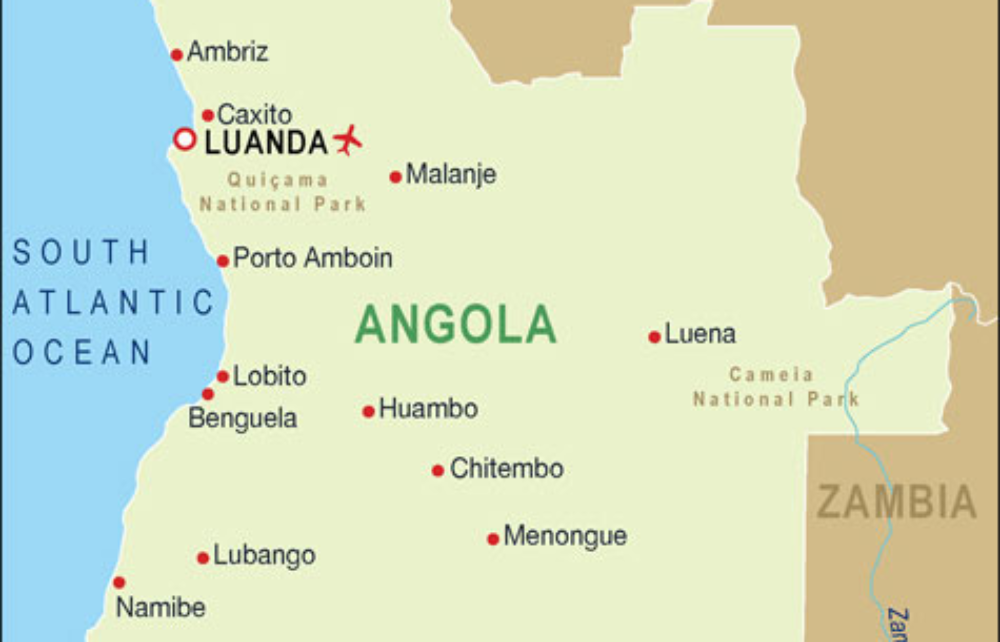Angola´s public debt ratios have fallen significantly in 2021-22 and will keep falling in 2023, while the economy wil grow above 3%, according to Eaglestone Securities.
In a new report on the Angolan economy, the consultancy says the country’s public debt ratios kept a downward trajectory in 2022 after already seeing a sharp fall in the previous year, with the government estimating that public debt should reach 56.1% of GDP by year-end, down from a historical high of 133.8% in 2020 and 82.9% in 2021.
“This evolution reflects the fiscal consolidation measures recently implemented together with a more stable kwanza exchange rate, as nearly two-thirds of public debt is denominated in foreign currency”, Eaglestone says.
Angolan President diversifying external partnerships “away from over dependence on China”
According to the consultancy, “it remains imperative for the Angolan authorities to continue their fiscal consolidation path to help ensure that the target of a public debt ratio of 60% of GDP in the long-term is achievable”.
The government anticipates that 59.7% of the proceeds needed to finance its 2023 budget will come from taxes (35.8% from the oil sector), while a third will come from debt financing.
“We note that the amount of debt financing is expected to rise by 31.6%, with financing in overseas markets advancing at double the pace of domestic financing. Regarding expenditures, we highlight that 45% of public spending is to be allocated to debt service amortization (capital plus interest)”, Eaglestone says.
China to waive interest-free loans for 17 African countries that matured by end-2021
The Angolan government’s 2023 budget proposal assumes that economic activity in the country will continue to accelerate this year (and beyond), with real GDP growth projected to reach 3.3% from an expected 2.7% in 2022.
“Despite all the risks and uncertainties, namely related to the international backdrop, we believe this growth estimate is reasonable and note that it is in line with the IMF’s forecast of 3.4% for the period”, Eaglestone underscores.
The Angolan government also projects that real GDP growth will improve in the years after 2023, reaching an average of 4.1% annually during 2024-28. The 2023 budget proposal assumes that crude prices will average USD 75 per barrel (vs. US$ 100 estimated for 2022) and that oil production will increase 2.8% to 1.18 million bpd.
Angola among first destinations of China’s new Foreign Minister Qin Gang
Inflation is expected to continue to decelerate largely because of the persistently tight monetary policy followed by the central bank, with annual inflation forecasted to end the year at 11.1% (from 14.4% in 2022).
The budget assumes that the government will reach a surplus of AKZ 560 billion (equivalent to 0.9% of GDP) following a surplus of 2.7% expected in 2022. The government also forecasts a primary surplus (excluding debt payments) equivalent to 4.9% of GDP, below the surplus of 6.7% expected in 2022.




